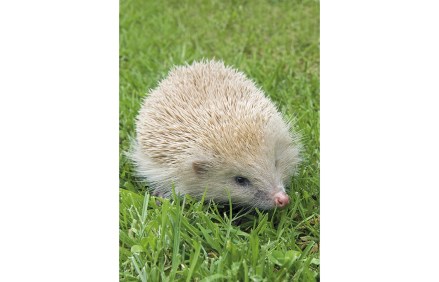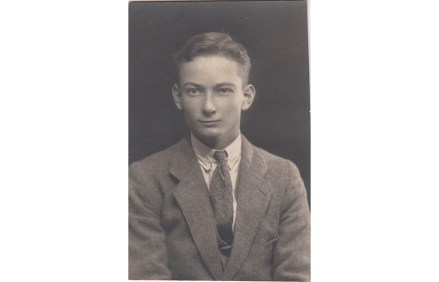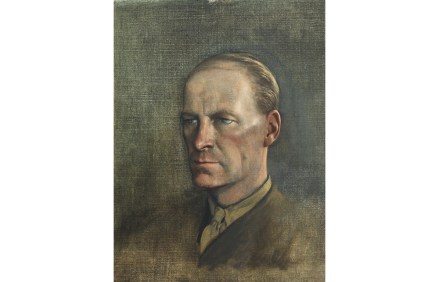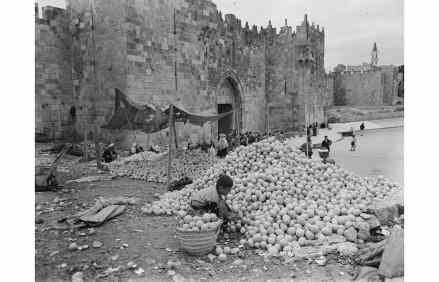Too many tales of Mrs Tiggy-Winkle
A book about hedgehogs is not the obvious next step for Sarah Sands, the former editor of Radio 4’s flagship news programme Today, and before that editor of the Evening Standard. But then Sands has had a rough time of it lately. In The Hedgehog Diaries, she recounts the death of her father, Noel, the news broken to her by her brother, Kit Hesketh-Harvey, who had to climb through a window of her Norfolk house to do so since she wasn’t answering her phone. Hesketh-Harvey, who was a writer and performer and a great favourite of the King, died not long afterwards of heart failure. Julian Sands, the actor made





